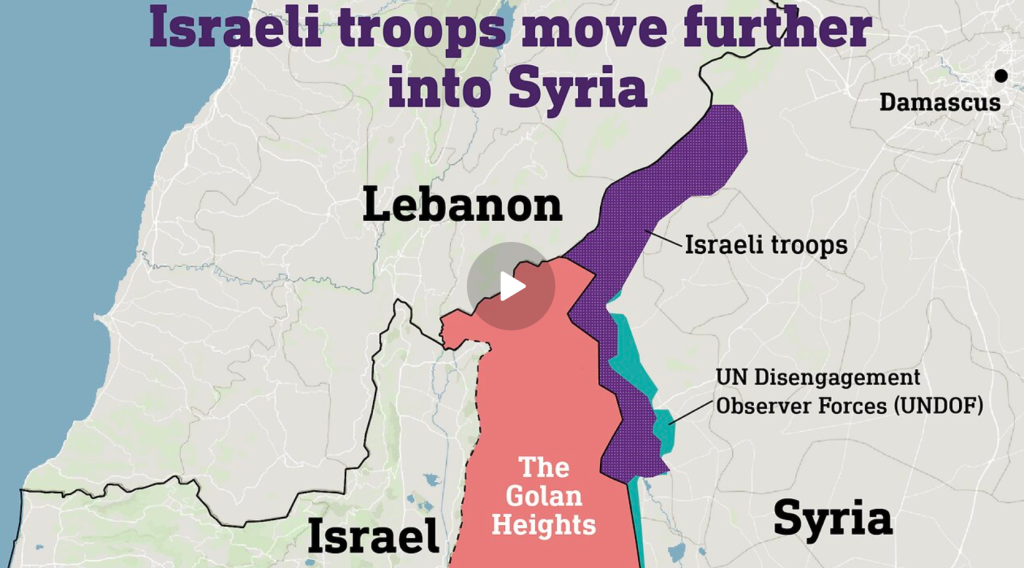The recent developments in Syria, particularly the military dynamics involving the Syrian Armed Forces, have raised significant questions regarding the motivations and actions of key players such as Russia, Iran, and the United States. With an armed force of approximately 170,000, the Syrian military was surprisingly overwhelmed by a coalition of roughly 30,000 ISIS and Al-Qaeda affiliates. This discrepancy suggests underlying factors at play, including the possibility that the Syrian forces were ordered to stand down in the face of this threat. The enigma surrounding the lack of support from allies like Russia and Iran further fuels speculation about possible secret negotiations or agreements aimed at reshaping the geopolitical landscape in the region.
The involvement of external actors in the Syrian conflict has been consistently complex, with shifting allegiances and goals. Reports indicate that the U.S. offered to withdraw its troops from Syria but sought a significant concession from President Bashar al-Assad, specifically the severing of ties with Iran. This indicates a strategic maneuver by the U.S. to diminish Iranian influence in Syria while prioritizing its national interests. The potential acceptance of such a deal raises questions about Assad’s long-term strategy and how it aligns with the interests of his primary allies, particularly in light of the escalating threats posed by Israel and various extremist factions.
Israel’s military actions have also intensified, with recent operations reported just outside Damascus. The Israeli government has declared a war on Syria, launching a significant bombing campaign against positions they deem sensitive or hostile, indicating a proactive approach to addressing perceived threats from Iranian forces and their affiliates within Syrian territory. The capacity of the Syrian military to respond effectively has come into question, further underscoring the sense that some external powers may have deliberately chosen to undermine Syrian defenses during critical moments.
The ongoing civil conflict in Syria continues to demonstrate the deepened involvement of regional players like Turkey, which is notably involved in supporting opposition groups against the Assad regime. Turkish President Erdogan’s recent remarks celebrating the perceived success against Assad highlight the ideological and strategic divides within the region. The intricacies of these relationships reveal a complex tapestry of alliances, betrayals, and shifting goals that characterize the contemporary Middle Eastern geopolitical landscape.
While the geopolitical maneuvers unfold, another layer to consider is the broader implications of these power dynamics on the civilian population in Syria, which has already faced immense suffering due to years of war. The humanitarian crisis remains dire, and the internal disillusionment with the Assad regime can compound challenges to governance and stability. The interactions between local populations and the various militias, both state and non-state actors, create a precarious situation where the struggles for power can often exacerbate existing grievances.
Lastly, the backdrop of these geopolitical machinations leads to critical analyses of sovereignty, national integrity, and the future of Syria as a state. The rise of international negotiations and potential backroom deals could reshape the landscape but also risk complicating efforts towards genuine peace and reconciliation. In this environment, the need for transparency, accountability, and advocacy for the Syrian populace remains crucial in navigating the complex interplay of interests that continue to define the trajectory of the nation and its people in this unfolding saga.

